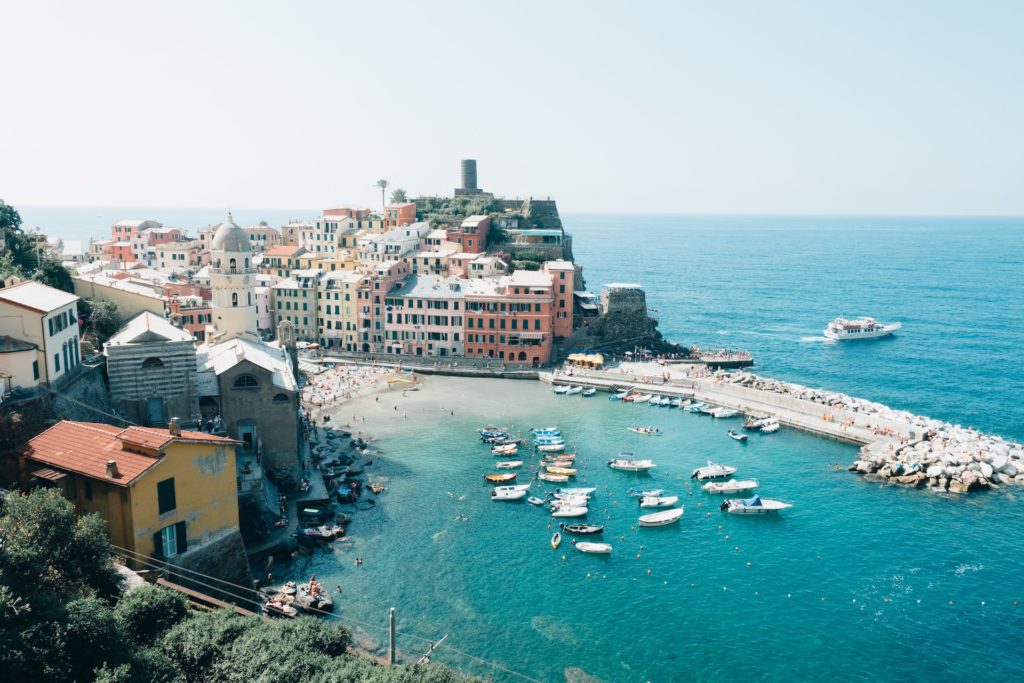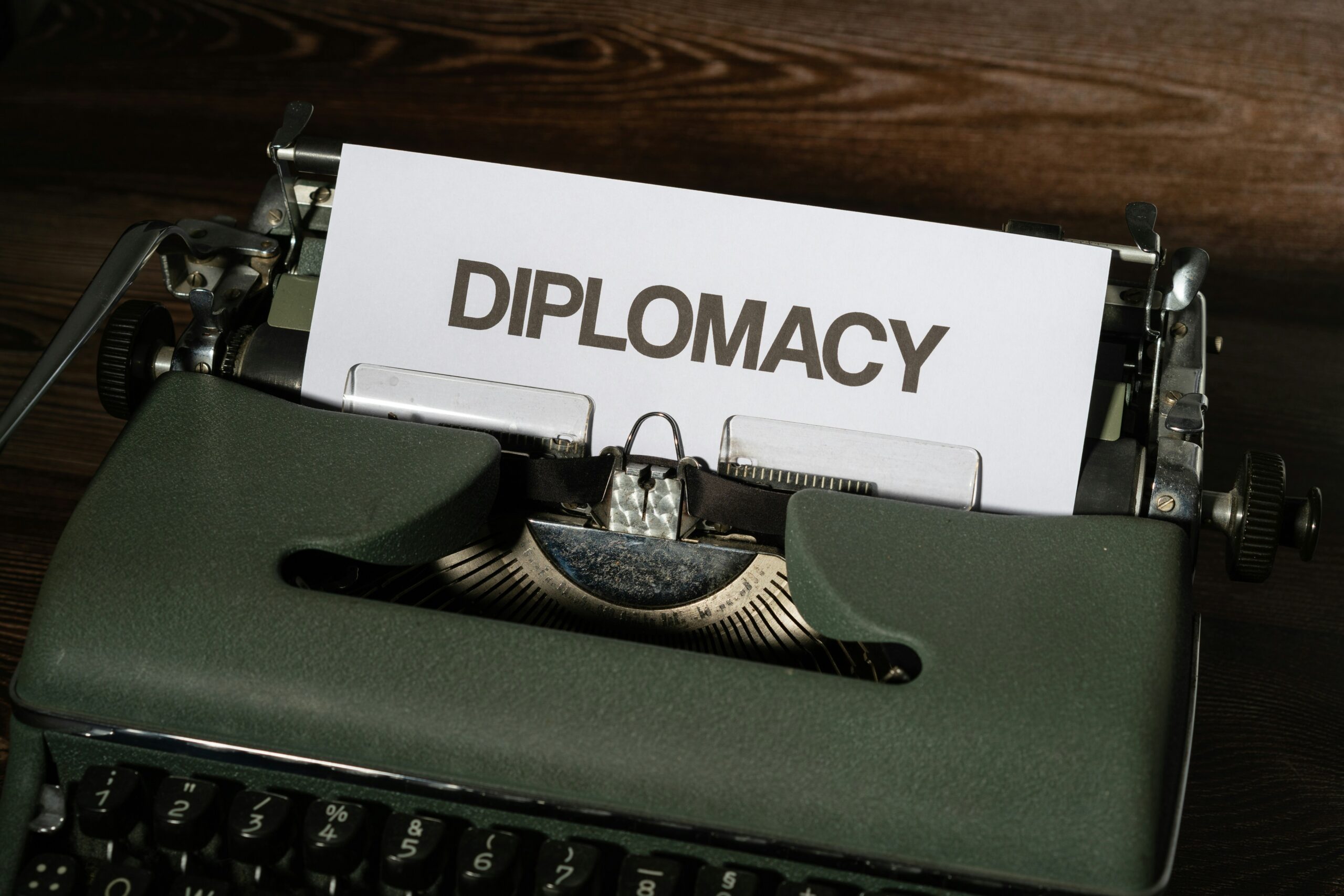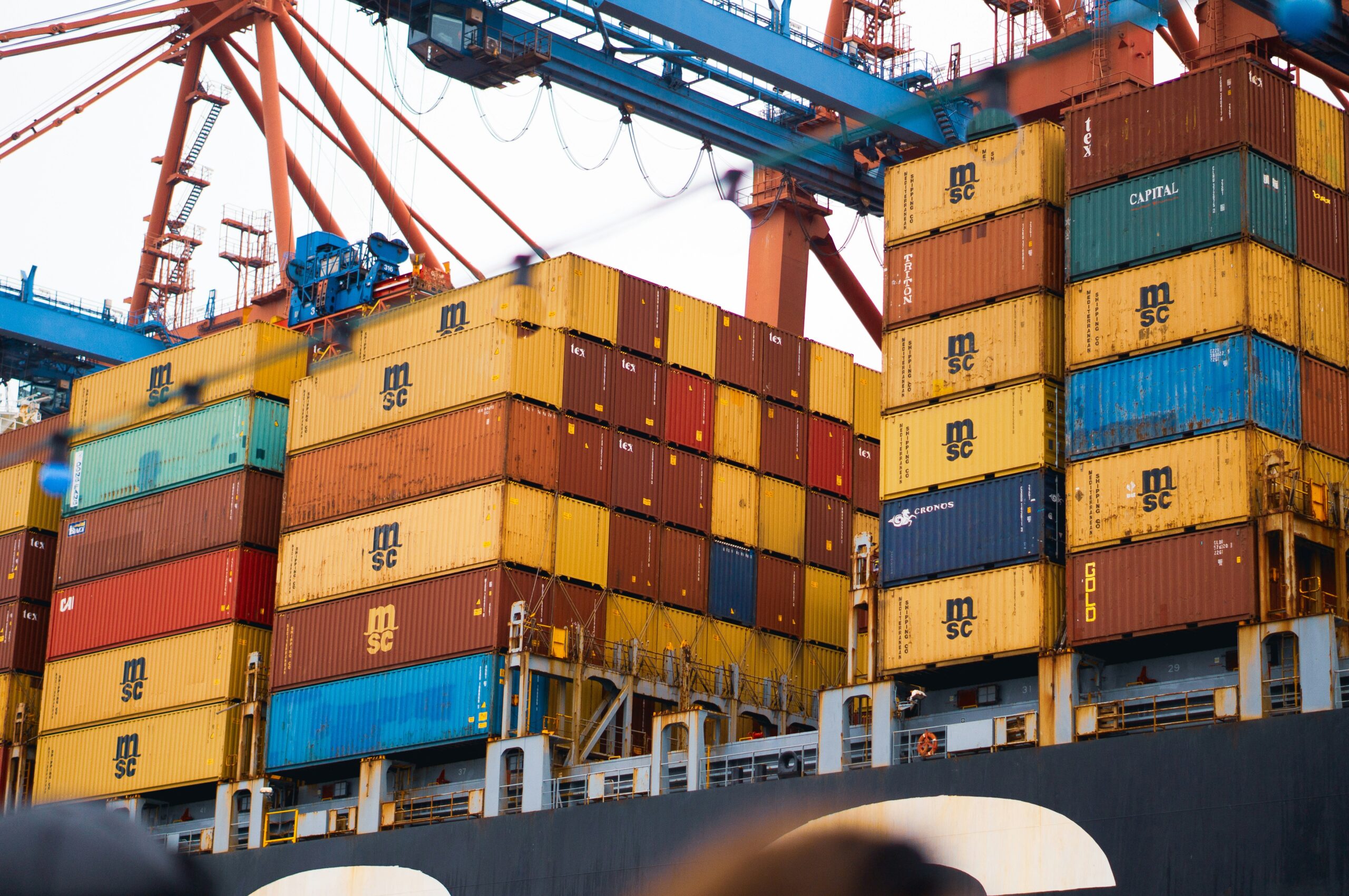Based on the Barcelona Process and European Neighbourhood Policy, the European Union-Mediterranean Free Trade Area (EMFTA), sometimes known as the Euro-Mediterranean Free Trade Area or Euromed FTA, was established (ENP). The Barcelona Process is a set of objectives that were created during the Barcelona Conference and will result in a free trade area throughout the Mediterranean and the Middle East by 2010. Since the Barcelona Declaration, a framework plan, was adopted in 1995, the EMFTA has been developing as an FTZ. It began to be constructed through a series of bilateral free trade agreements (called association agreements) between Brussels and every Mediterranean-bordering state, as well as so-called horizontal free trade agreements (FTAs) between the non-EU Mediterranean countries themselves, like the Agadir Agreement.

History
With the introduction of the Euro-Mediterranean Partnership at the Barcelona Conference in 1995, the EU created a preferential relationship with the Southern Neighbourhood to establish peace, stability, economic growth, and the defense of democratic ideals and human rights. Egypt, Jordan, Morocco, and Tunisia signed in 2004. The agreement required signatories to remove trade barriers and harmonize standards and customs laws. A Technical Unit in Amman oversees the 2006 Agadir Agreement. Palestine and Lebanon joined in 2020. In June 2011, a regional convention on origin preferential rules was signed. The 2012 convention is the process’s final action. Its first pillar is the 2004 Agadir Agreement. The ENP Action Plans, negotiated between the EU and partner governments on the southern Mediterranean Sea, mostly Arab League members, include additional initiatives. First, create an FTA matrix for each partner. Then, the EU will be a single FTZ.
Partners
- European Union
- Members of the Arab League: Morocco, Egypt, Jordan, Lebanon, and Palestinian National Authority
- Members of the Arab League and the Arab Maghreb Union: Algeria, Tunisia
- Israel
- Turkey
Prospective partners
- Syria, Libya, Gulf Cooperation Council, Iraq, and Mauritania
Objective
The long-term goal of the trade partnership between the European Union and its Southern Neighbors is to advance economic integration in the Euro-Mediterranean region by lowering trade and investment barriers between the European Union and the Southern Neighbors’ nations (Algeria, Egypt, Israel, Jordan, Lebanon, Libya, Morocco, Palestine, Syria, Tunisia), as well as between the Southern Neighbors’ nations themselves.
Except for Syria and Libya, a network of Euro-Mediterranean Association Agreements established free trade zones between the EU and many of its southern neighbors. These agreements primarily regulate the trade of goods. The European Union and Morocco and the EU and Tunisia have begun talks to establish Deep and Comprehensive Free Trade Areas (DCFTAs). The EU has unveiled a new sustainable investment program for interested partners in the Southern Neighbourhood and Africa for 2021 under the new EU Trade Policy Review.
Trade image
The region accounted for 4.6% of all EU external trade in 2020. The EU and the nations in the Southern Neighborhood exchanged commodities worth €149.4 billion in total. The value of the EU’s imports was €58.0 billion, while the value of its exports was €91.4 billion.
The Mediterranean Union
The Union for the Mediterranean was established in 2008 as a continuation of the Euro-Mediterranean Partnership. This intergovernmental collaboration, which brings together all 27 EU Member States and 15 countries from the Southern and Eastern Mediterranean, fosters cooperation and communication in the Euro-Mediterranean region. The EU and Jordan have shared the Union for the Mediterranean’s chairmanship since 2012. The free trade zones created within the scope of the Euro-Mediterranean Association Agreements primarily regulate the trade in goods between the EU and its Southern Neighbors on a bilateral basis. Except for Libya and Syria, almost all nations have concluded Association Agreements with the EU.



